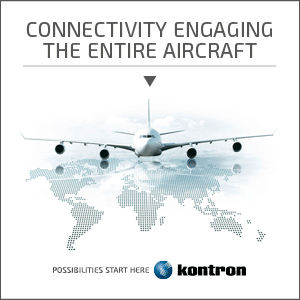Expect a shift in the launch plans for Inmarsat’s EuropaSat S-band satellite. The hardware is built and ready for launch to support the firm’s hybrid air-to-ground (ATG)/S-band service – the European Aviation Network (EAN) but Inmarsat is bracing for further delays from SpaceX, likely necessitating a swap in launch partner for the satellite.
During Inmarsat’s 3 November earnings call, company CEO Rupert Pearce detailed the expected shift in plans.
And of course we have a service to launch as well around about the middle of next year as well, which is dependent on the successful satellite launch or may be dependent on the successful satellite launch. So, all things being equal, we are actively looking at the ability to maintain schedule. That may be possible in discussions with SpaceX, but it’s probably more likely that we would look to exercise one of the options that we have been quietly cultivating behind the scenes. I think we have talked about one of them which is a Proton option that we have up our sleeves anyway, which is largely the result of history. But we do have other options as well which we will look to execute upon in the next few weeks if we need to do so to maintain that schedule around the sort of May-June timeframe.
The IAG family of airlines recently announced its intention to be the launch customer for the service with British Airways putting its first plane into service in mid-2017. Despite the likely launch delay, Inmarsat has since reiterated its expectation that onboard service will be supported by S-band hardware and initially a limited ground network, as rollout proceeds.
 “The EAN system will be activated on the first BA [British Airways] aircraft using the integrated S-band satellite and ground elements, and is on-track for mid 2017. Roll-out of the ground network is scheduled to be complete by early 2018,” said an Inmarsat spokesman. This confirms earlier speculation that BA will not have full use of the hybrid ATG/S-band system when it launches, an interesting challenge for setting passenger expectations and performing the necessary flight test and proving runs.
“The EAN system will be activated on the first BA [British Airways] aircraft using the integrated S-band satellite and ground elements, and is on-track for mid 2017. Roll-out of the ground network is scheduled to be complete by early 2018,” said an Inmarsat spokesman. This confirms earlier speculation that BA will not have full use of the hybrid ATG/S-band system when it launches, an interesting challenge for setting passenger expectations and performing the necessary flight test and proving runs.
Separately in the same earnings call, Inmarsat clarified its sales position for the EAN solution: value added resellers (VARs) need not apply. While the GX platform will continue to be sold both as a direct or partner-supplied offering, EAN will be direct-sales only. Pearce called out the low margins of the business and the costs of buying the bandwidth from Deutsche Telekom (DT) as the main factors in that decision:
EAN will be a lower margin business from that respect because it’s very unusual. We have got a partner DT, providing the wholesale network to us on the terrestrial side using our spectrum. And then we are integrating it with a satellite piece. And because of that we have decided that will be a direct only business thus distributing the market. So we will keep all the upside, but because of the partnership with DT, there isn’t enough margin in the overall proposition to get another distribution tier.
Keeping a tight control on the sales process could benefit the company financially, though building up a sufficient staff to manage those direct relationships may prove a challenge. Plus Inmarsat needs to get the full system built out to prove its efficacy, even to the airlines already set to fly the kit.
Related Articles:











